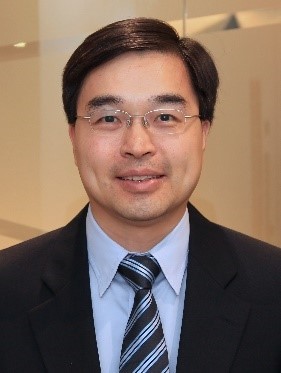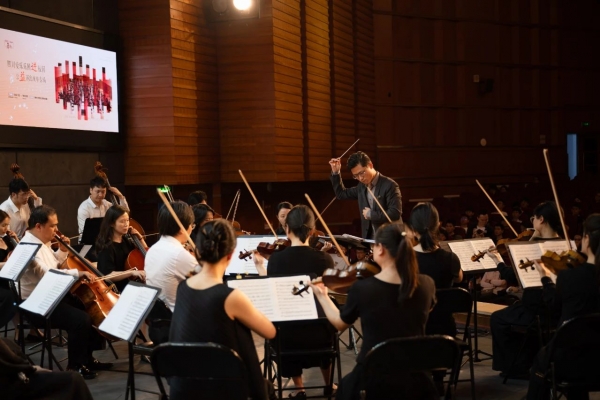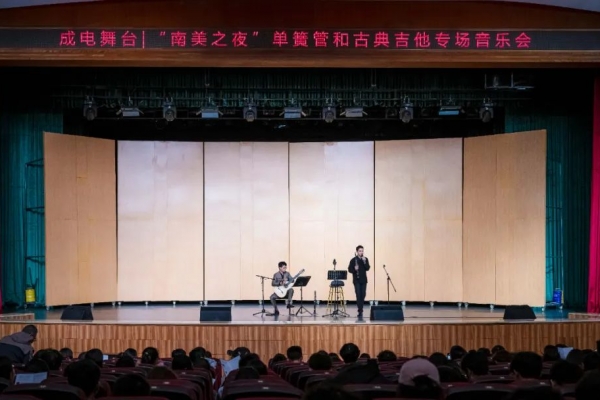即可将网页分享至朋友圈
由电子科学与工程学院主办的“电子论坛”邀请到香港大学电机电子工程系的蔡植豪教授(Prof. Wallace C. H. Choy),与我校师生共同探讨室温下制备高性能有机及钙钛矿光电子器件的前沿技术。具体安排如下,欢迎感兴趣的师生参加。
主 题:New Schemes of Room-Temperature Solution-Processes for High Performance Organic and Perovskite Optoelectronic Devices
时 间:2019年5月23日(周四)上午10:00
地 点:清水河校区 五号科研楼 402会议室
主讲人:Wallace C. H. Choy教授
主持人:钱凌轩副教授
内容简介:
While high temperature evaporation and sputtering are commonly used for forming films of optoelectronic devices, we will discuss our approaches toward room-temperature solution process for forming various devices. Regarding the room-temperature processed metal-oxide based carrier transport layer, we demonstrate their good electron and hole transport properties for all solution-processed organic/inorganic optoelectronics such as organic solar cells (OSCs), perovskite solar cells, dye sensitized solar cells, organic light emitting diodes, etc which can favor the efficient transport of carriers between the photoactive layer and electrode as well as high optical transparency [1-6]. With the incorporation of metal nanoparticles [7-10], the electrical and optical properties can be enhanced. The interesting features of the novel carrier extraction layers are low temperature, solution process and water free for high performance optoelectronics such as OSCs with power conversion efficiency (PCE) of 15.8% [1-10]. In addition, we have developed some room-temperature processed Ag nano-network which can serve as transparent flexible electrodes [11]. With the knowledge of solution processed organic and inorganic materials, we also propose different low/room temperature approaches for highly stable and efficient perovskites in solar cells, LEDs and photodetectors [12] in which the solar cells show no hysteresis and most recent PCE of 21.5%.
主讲人简介:

Wallace Choy received Ph.D Degree in Electronic Engineering from University of Surrey,UKin 1999. After vigorous working experiences in National Research Council of Canada and Fujitsu at San Jose, on investigating optoelectronic devices, he is now a professor of Department of Electrical and Electronic Engineering, the University of Hong Kong. His current research interests are concerned with organic/inorganic optoelectronic devices, plasmonic structures, and nano-material devices and physics. ?xml:namespace>
Prof. Choy is named as one of the "Highly Cited Researchers" in the category of cross-fields in 2018. He has also been recognized as the Top 1% of most-cited scientists in Thomson Reuter's Essential Science Indicators (ESI) in 2014, 2015, 2016, 2017 and 2018. He has been named as prolific researcher on organic solar cells in the index (WFC in physical sciences) in Nature Index 2014 Hong Kong published by Nature. He has published about 200 internationally peer-reviewed journal papers, contributed to seven book chapters, US and China patents and edited one book published in Springer. He has served as Member of Engineering panels of Hong Kong Research Grant Council, Editorial Board Member for Nature Publishing Group on Scientific Reports, Wiley on Solar RRL and Institute of Physics on J Physics D, senior editor of IEEE Photonics Journal, topical editor of OSA Journal of the Optical Society of America B, and guest editor of OSA Journal of Photonic Research, and Journal of Optical Quantum Electronics. He is an elected fellow of OSA.
电子科学与工程学院
2019年5月20日
编辑:杨棋凌 / 审核:王晓刚 / 发布:陈伟


